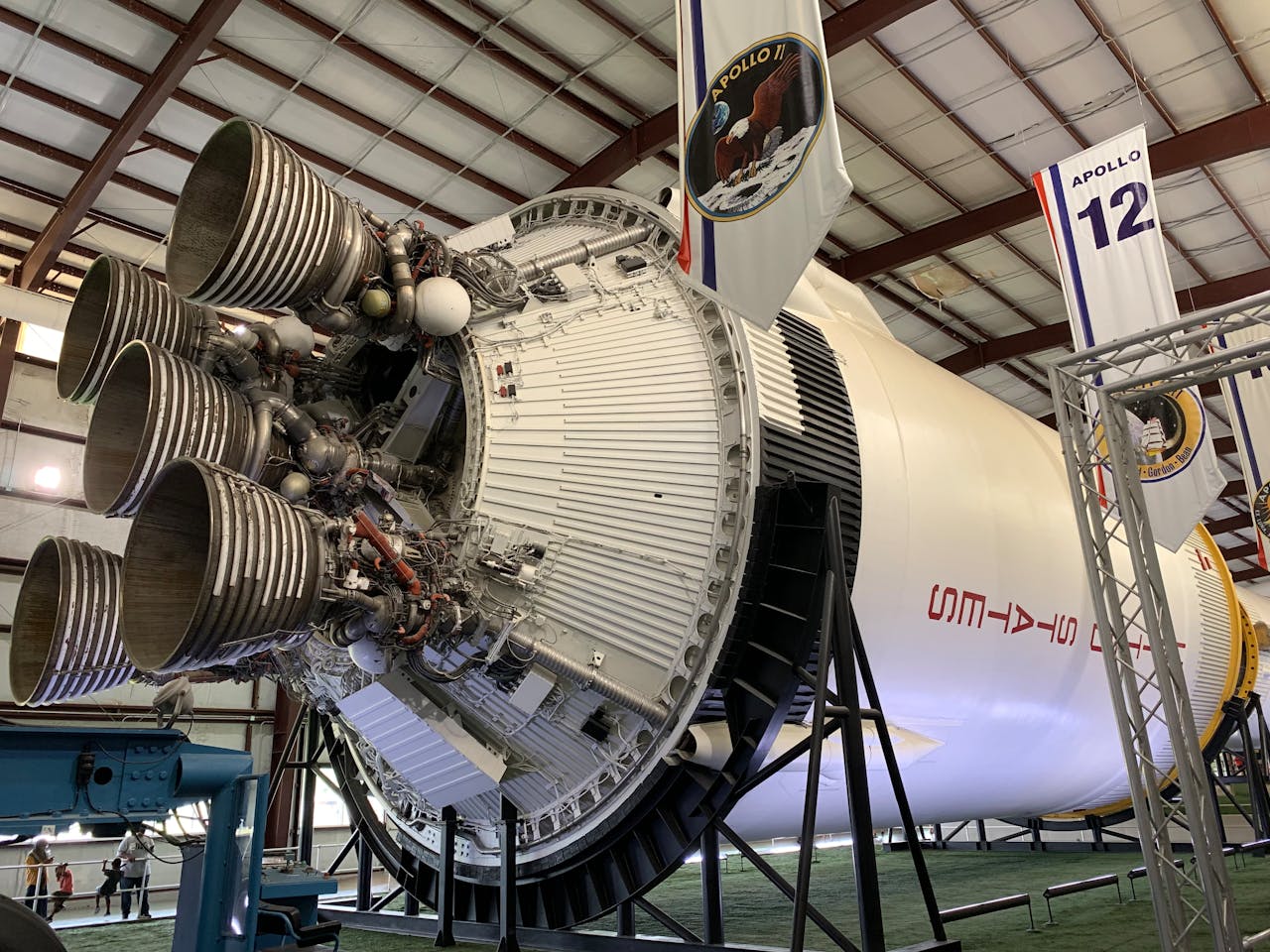Aerospace Engineering: Designing Aircraft and Spacecraft
Aerospace engineering is a fascinating field that combines advanced science and cutting-edge technology to design, develop, and manufacture aircraft and spacecraft. From the roar of jet engines to the quiet glide of a space shuttle entering orbit, aerospace engineers play a crucial role in pushing the boundaries of what is possible in flight and space exploration. Here’s a detailed look into this dynamic field, including its key areas, challenges, and the exciting future that lies ahead.


Understanding Aerospace Engineering
What It Entails
Aerospace engineering involves the design, testing, and production of vehicles and systems that operate within or beyond Earth’s atmosphere. It’s divided into two main branches:
- Aeronautical Engineering: Focuses on aircraft and related technologies. It deals with the design, development, and maintenance of airplanes, helicopters, and drones.
- Astronautical Engineering: Concentrates on spacecraft and systems for space exploration. It includes the design and development of satellites, space probes, space stations, and crewed spacecraft.
Core Principles
- Aerodynamics: The study of how air interacts with moving objects. This includes understanding lift, drag, and thrust to optimize aircraft performance.
- Propulsion: The technology behind engines and motors that provide the necessary force for movement. This encompasses jet engines for aircraft and rocket engines for spacecraft.
- Materials Science: The development and use of materials that can withstand the harsh conditions of flight and space, such as high temperatures and extreme pressures.
- Structural Analysis: Ensuring that the structure of aircraft and spacecraft can handle the forces and stresses experienced during flight or space travel.
The Design Process
Concept and Requirements
- Defining Objectives: Engineers start by defining the objectives and requirements of the project, such as the type of aircraft or spacecraft, its purpose, and its performance specifications.
- Preliminary Design: Initial design concepts are created, including sketches, simulations, and calculations to explore different configurations and technologies.
Detailed Design and Testing
- Prototyping: Engineers build prototypes or models to test design concepts. This can involve wind tunnel testing for aircraft or vacuum chamber testing for spacecraft.
- Simulation: Advanced computer simulations and modeling help predict how the design will perform under various conditions, including stress tests and environmental impacts.
Manufacturing and Integration
- Production: Once the design is finalized, production begins. This involves crafting the components, assembling them, and integrating various systems into the final vehicle.
- Quality Assurance: Rigorous testing and quality checks ensure that the final product meets all safety and performance standards before it is put into service.
Key Challenges in Aerospace Engineering
Complexity and Precision
- High Standards: Aerospace engineering demands extreme precision and adherence to high safety standards due to the high stakes involved in flight and space missions.
- Complex Systems: Aircraft and spacecraft are complex systems with numerous interacting components. Ensuring that all systems work together seamlessly is a major challenge.
Environmental Factors
- Extreme Conditions: Aerospace engineers must design systems that can withstand extreme temperatures, pressures, and radiation in space or high altitudes.
- Sustainability: Reducing environmental impact is becoming increasingly important, leading to innovations in fuel efficiency and alternative propulsion systems.
Cost and Budget
- High Costs: The cost of developing and manufacturing aerospace systems is substantial. Managing budgets and costs while achieving cutting-edge performance is a critical challenge.
- Funding and Investment: Securing funding for aerospace projects, particularly in space exploration, often requires substantial investment from government agencies, private companies, and international collaborations.
Innovations and Future Directions
Advancements in Technology
- Electric and Hybrid Aircraft: Efforts are underway to develop electric and hybrid propulsion systems to reduce emissions and improve fuel efficiency in aviation.
- Reusable Rockets: Companies like SpaceX have pioneered reusable rocket technology, significantly reducing the cost of space travel and making space more accessible.
Space Exploration
- Mars Missions: Plans for manned missions to Mars and beyond are in development, with projects focusing on life support systems, long-duration space travel, and habitat construction.
- Satellite Technology: Advances in satellite technology continue to enhance communication, navigation, and Earth observation capabilities, impacting various industries and daily life.
Global Collaboration
- International Partnerships: Collaboration between countries and organizations is crucial for tackling large-scale aerospace projects. International space stations, joint missions, and shared research efforts exemplify this global cooperation.
- Private Sector Involvement: The increasing involvement of private companies in space exploration and aerospace development is driving innovation and expanding opportunities in the field.
Career Opportunities and Education
Educational Pathways
- Degrees: A degree in aerospace engineering, mechanical engineering, or a related field is typically required. Advanced degrees and specialized training can further enhance career prospects.
- Skills: Key skills include strong analytical abilities, proficiency in mathematics and physics, problem-solving, and familiarity with computer-aided design (CAD) software.
Career Options
- Design Engineer: Focuses on developing and refining aircraft and spacecraft designs.
- Propulsion Engineer: Specializes in designing and testing engines and propulsion systems.
- Structural Engineer: Works on ensuring the structural integrity of aerospace vehicles.
- Systems Engineer: Manages and integrates complex systems within aircraft or spacecraft.
Professional Development
- Certifications: Obtaining certifications from professional organizations, such as the American Institute of Aeronautics and Astronautics (AIAA), can enhance career opportunities and professional credibility.
- Networking: Engaging with industry conferences, seminars, and professional associations helps stay updated with the latest developments and opportunities in aerospace engineering.


Aerospace engineering is a dynamic and evolving field that plays a pivotal role in shaping the future of aviation and space exploration. By tackling complex design challenges, pushing technological boundaries, and addressing environmental and economic concerns, aerospace engineers continue to make remarkable advancements. Whether you’re designing the next generation of aircraft or exploring distant planets, a career in aerospace engineering offers exciting opportunities to contribute to the marvels of modern technology and space travel.












